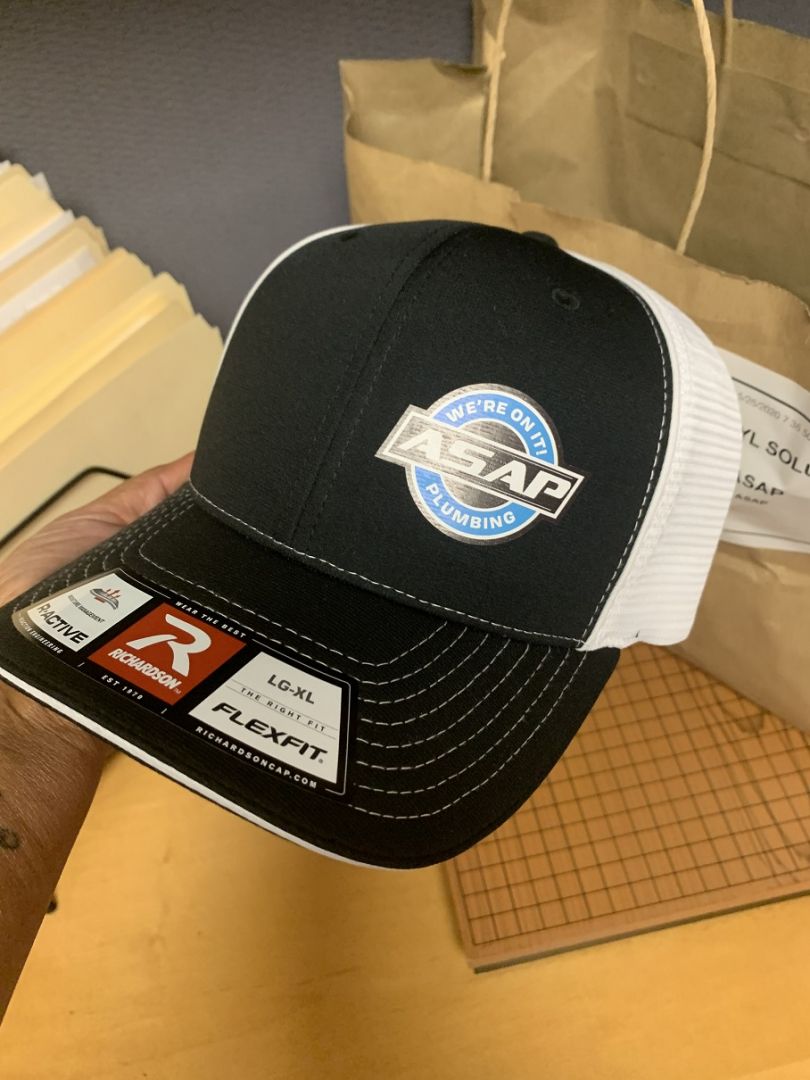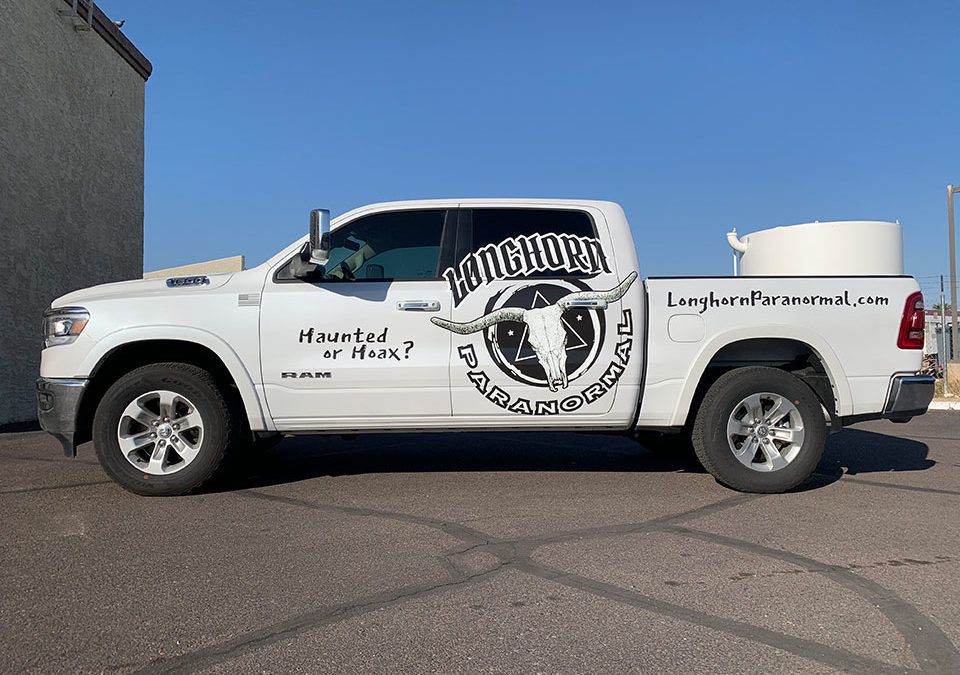In today’s fast-paced and visually driven world, advertising and branding have become essential tools for businesses to establish their presence and engage with potential customers. One popular form of advertising is vehicle wraps, where a vehicle’s exterior is covered with printed graphics or designs to showcase a brand’s message. While vehicle wraps offer a dynamic and eye-catching way to promote products and services, it’s essential to examine their environmental impact and consider how to balance marketing needs with sustainability.
The environmental impact of vehicle wraps is multifaceted. Traditionally, the production and disposal of vinyl wraps have raised ecological concerns. Manufacturing vinyl involves using Polyvinyl Chloride (PVC), a plastic that has been criticized for releasing harmful toxins during its lifecycle. Additionally, the inks used in printing graphics onto the vinyl can contain volatile organic compounds (VOCs), which contribute to air pollution and can pose health risks to humans.
The disposal of vehicle wraps also presents environmental challenges. Vinyl is not biodegradable, and when wraps are removed and discarded, they contribute to the growing problem of plastic waste. As landfills become increasingly burdened with non-degradable materials, the long-term sustainability of traditional vehicle wrapping practices has been questioned.
The industry is shifting towards more eco-friendly practices in response to these concerns. Innovations in materials, such as the development of PVC-free and bio-based vinyl alternatives, are reducing the ecological footprint of vehicle wraps. Advances in printing technology have led to the adoption of water-based latex inks that contain no VOCs, making them a more environmentally responsible choice.
The environmental impact of vehicle wraps is an ongoing concern, but with the industry’s move towards sustainability, the balance between effective marketing and ecological responsibility is becoming more achievable. As consumers become more environmentally conscious, the demand for green alternatives will likely increase, further driving innovation and reducing the environmental impact of vehicle wraps.
The Mechanics of Vehicle Wraps
Vehicle wraps involve applying vinyl film to a vehicle’s exterior, creating a customized and attention-grabbing display. This vinyl film comes in various colors, finishes, and designs, and it can be printed with high-quality graphics and messages. The process usually starts with design and printing, followed by the wrap installation onto the vehicle’s surface.
The main types of vehicle wraps include full wraps, which cover the entire vehicle, and partial wraps, which cover specific areas. Wraps can be easily customized, allowing businesses to create unique and memorable designs that align with their brand identity.
Environmental Impact of Vehicle Wraps and Considerations
While vehicle wraps offer a range of benefits, it’s essential to assess their environmental impact and consider ways to minimize their adverse ecological effects. Several factors contribute to the environmental considerations associated with vehicle wraps:
1. Material Production and Disposal
The vinyl material used for vehicle wraps is derived from petrochemicals, making it non-biodegradable and energy-intensive. The production process generates greenhouse gas emissions and contributes to the depletion of finite resources.
Additionally, when vehicle wraps reach the end of their lifecycle, they often end up in landfills, where they contribute to plastic waste and take centuries to break down. Proper disposal of vinyl wraps is crucial to prevent further environmental harm.
2. Short Lifespan
Vehicle wraps are not a permanent solution, as they can deteriorate over time due to exposure to the elements, sunlight, and wear and tear from driving. This can result in the need for frequent replacements, leading to additional material consumption and waste generation.
3. Chemical Usage
The installation process of vehicle wraps often involves using chemicals, adhesives, and solvents that can release volatile organic compounds (VOCs) into the environment. VOCs contribute to air pollution and can have adverse health effects on both humans and ecosystems.
4. Energy Consumption
The production, transportation, and installation of vehicle wraps require energy, contributing to the carbon footprint associated with this form of advertising.
The Rise of Eco-Friendly Vehicle Wraps
In recent years, the vehicle wrap industry has witnessed a significant shift towards sustainability. This change is driven by a growing awareness of the environmental impact of traditional vehicle wraps and a corresponding demand for more eco-friendly alternatives.
Traditional Vehicle Wraps and Environmental Impact
Historically, vehicle wraps have been made from Polyvinyl Chloride (PVC), a popular material for its durability and flexibility. However, PVC production is not without its environmental drawbacks. The material’s manufacturing process is energy-intensive and releases harmful chemicals, including dioxins, which can persist in the environment and accumulate in the food chain. Furthermore, when PVC wraps are removed, they typically end up in landfills where they do not biodegrade, contributing to the global issue of plastic waste.
The inks used in traditional vehicle wraps also pose environmental concerns. Solvent-based inks, which have been the industry standard due to their color vibrancy and durability, contain volatile organic compounds (VOCs). These compounds can evaporate into the atmosphere, contributing to air pollution and posing health risks to those involved in the wrap application process.
Innovations in Eco-Friendly Materials
In response to these environmental challenges, the vehicle wrap industry has been innovating and adopting more sustainable practices. One of the most significant developments is the introduction of eco-friendly wrap materials. These new materials aim to minimize the environmental footprint of vehicle wraps from production through to disposal.
One such innovation is the creation of PVC-free vinyl wraps. These wraps are made from alternative materials that are less harmful to produce and easier to recycle. Some PVC-free wraps are made from bio-based materials, such as plant-derived plastics, which can reduce reliance on fossil fuels and lower carbon emissions during production.
Another advancement is the use of eco-solvent or latex inks. Eco-solvent inks are designed to reduce the emission of VOCs, making them a safer choice for the environment and human health. Latex inks go a step further; they are water-based and contain no solvents, making them virtually odorless and non-toxic. They also require less energy to cure, reducing the carbon footprint of the printing process.
Moreover, the durability of these eco-friendly wraps has improved, meaning they need to be replaced less frequently, further reducing waste. Some eco-friendly wraps are also designed to be biodegradable or recyclable, addressing the end-of-life disposal issues associated with traditional wraps.
The rise of eco-friendly vehicle wraps represents a positive trend towards environmental stewardship in the industry. As technology advances and consumer demand for sustainable products grows, we can expect continued innovation in the materials and methods used for vehicle wrapping. This not only benefits the planet but also offers businesses and individuals a way to showcase their commitment to sustainability while still enjoying the marketing and aesthetic benefits of vehicle wraps.
Balancing Marketing and Sustainability
While the environmental impact of vehicle wraps is a concern, there are steps that businesses and consumers can take to balance their marketing needs with sustainability goals:
1. Choose Eco-Friendly Materials
Consider using more environmentally friendly alternatives to traditional vinyl wraps. Some companies offer wraps made from materials that are biodegradable, recyclable, and produced with fewer harmful chemicals. Opting for eco-friendly materials can significantly reduce the environmental impact of vehicle wraps.
2. Prioritize Durability
Select high-quality wraps that are designed to last longer and withstand environmental conditions. By choosing durable wraps, businesses can minimize the frequency of replacements and reduce overall waste.
3. Responsible Disposal
Work with professionals who are knowledgeable about proper disposal methods for vinyl wraps. Seek out companies that participate in take-back programs or recycling initiatives to ensure that wraps are disposed of responsibly.
4. Regular Maintenance
Regularly maintain vehicle wraps to extend their lifespan. This can include cleaning, repairing any damages promptly, and using protective coatings to minimize wear and tear.
5. Minimize Chemical Usage
Choose installation professionals who prioritize eco-friendly installation practices and use fewer harmful chemicals. This can help reduce the release of VOCs into the environment.
6. Consider Temporary Wraps
Instead of opting for permanent wraps, consider using temporary wraps for specific promotional campaigns. Temporary wraps can be removed after the campaign, reducing the long-term environmental impact.
7. Measure ROI and Impact
Evaluate the return on investment (ROI) of vehicle wraps alongside their environmental impact. Strive to strike a balance between effective marketing and minimizing harm to the environment.
8. Educate Consumers
Businesses can take the opportunity to educate consumers about their commitment to sustainability and responsible advertising practices. This transparency can resonate positively with environmentally conscious customers.
Conclusion
Vehicle wraps offer an innovative and attention-grabbing way for businesses to market their products and services. However, it’s essential to acknowledge and address the environmental impact of this advertising method. By choosing eco-friendly materials, prioritizing durability, practicing responsible disposal, and minimizing chemical usage, businesses and consumers can strike a balance between effective marketing and environmental sustainability. As the world becomes more conscious of the need for sustainable practices, industries must adapt and find creative solutions that benefit their business goals and the planet’s well-being.



